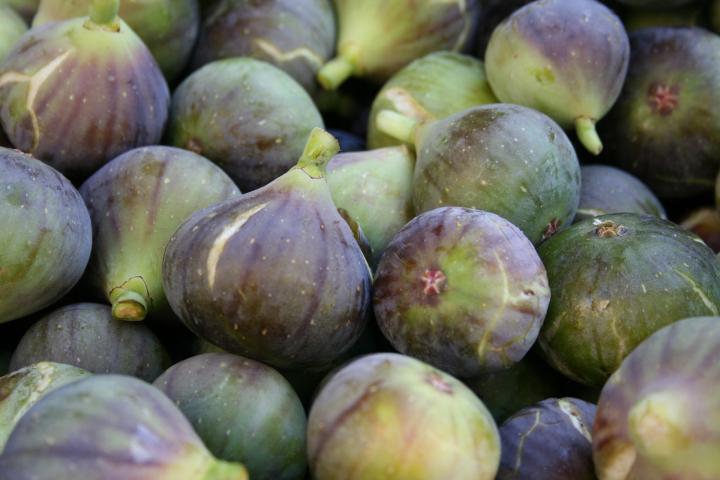- Quiz
- Basic Plant Antomy
- Basic Plant Antomy 00:00:00
- Item Required
- Notebook, pen or pencil
Figs thrive in areas with long and hot summers (Zones 8 and warmer), though they can also be grown in colder zones if grown in containers and properly insulated from freezing temperatures or brought indoors.
The common fig tree (Ficus carica) is the most popular species of fig for home gardeners because its flowers do not require pollination to yield figs. Many varieties of the common fig tree exist, including hardy cultivars that can be grown outdoors in slightly cooler climates (Zones 6 and 7). Other species of figs either do not produce edible fruit or have very specific pollination requirements (such as needing to be pollinated by a certain type of wasp), making them too much trouble for home gardeners to grow.
Figs can be eaten fresh from the tree, preserved, or used in cooking.

- 0 Reviews
- 24 Students
- 29 Courses
The Ìgbómìnà (also colloquially Igbonna or Ogbonna) are a tribe of the Yoruba people occupying the north-central portion of the Yoruba region of southwestern Nigeria. They speak a dialect also called Ìgbómìnà or Igbonna, classified among the Central Yoruba of the three major Yoruba dialectical areas. The Ìgbómìnà spread across what is now northern Osun State and eastern Kwara State. Peripheral areas of the dialectical region have some similarities to the adjoining Ekiti, Ijesha and Oyo dialects.

Write a public review